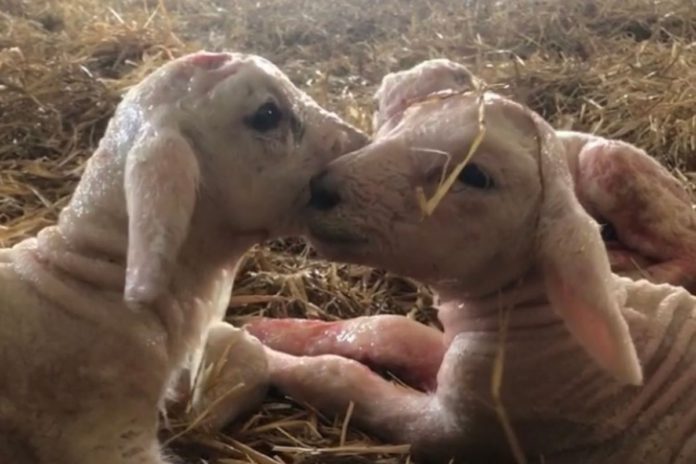Flock health has a “major” impact on lamb survival and mortality, a Teagasc sheep specialist has stressed ahead of lambing season.
The state agency’s Michael Gottstein told a webinar on reducing mortality at lambing time that you can sub-divide flock health issues into abortion, metabolic diseases, infection and genetic.
During the virtual information session, he provided the following information:
Abortion:
- Toxoplasmosis, Enzootic, Salmonella, Listeria, Schmallenberg;
- Try to identify what they are and implement a plan to prevent it from re-occurring next year;
He commented: “Generally, when we see abortion, we are in the middle of just starting lambing. It is a very busy time, and maybe, driving an hour/hours to an RVL (Regional Veterinary Lab) to drop lambs or placentas, ect, off can be difficult, but it is really important.”
“If we have something like Enzootic abortion, we can probably go in there to stop the abortions if we identify it.”
“More importantly, for all these factors or diseases that cause abortion, it is about being able to put a plan in place next year to prevent it from happening again next year.”
“That is important that you get a diagnosis, but without that, it is really not possible to look at it with ‘I think it is this’ or ‘I think it is that’.”
“We need to send samples to the lab, but I understand the challenge that is there, but it is a very important aspect as it helps us in the coming years to deal with it.”
Metabolic diseases:
- Prolapse, twin lamb, milk fever (Calcium), white muscle (Vitamin E and selenium), swayback (Copper);
- A lot of these are nutritional and stress-induced/related;
- Look at management – feeding, feeding management, nutritional requirements and levels;
- Talk to your vet and implements recommended measures to address immediately;
- Do not delay: “Often, we come across a farmer who may have 5-6% prolapses. If you have, let’s say, 2-6% prolapses, it is not a case of having a bad year, as there is something happening on your farm that needs to be addressed.”
Infection:
- Joint ill, navel ill, watery mouth, scour, SBV,
- Infections listed above “by in large” are down to hygiene and nutrition;
He commented: “If we are seeing farms with issues with joint ill and watery mouth, these are issues to do with hygiene at lambing, the operator’s hygiene, the hygiene of the clothes and equipment being used, hygiene in pens and colostrum quality and quantity, ect.”
“We have seen farms with joint ill and watery mouth that have been able to eliminate them purely by changing a few simple steps in terms of management,” he added.
Genetic:
- Entropion (presence of in-turned (‘turned in) eyelids in newly born or very young lambs), contracted tendons (lamb’s tendon stiffens, tightens and knuckles over) and intestinal abnormalities (no back passage or no rectum, which leads to mortality after birth).
The sheep specialist continued: “If these things come into your flock very often, we need to look at the ram and maybe the sire or dam of those.”
“If you have ewe lambs that have these conditions, certainly they should be marked for culling and not retained as replacements as they will just breed that on.”
“These are genetic issues, and we want to try to avoid those on our farm,” he concluded.
Previous article on Plan, prevent and protect: The 3 Ps of lambing success





